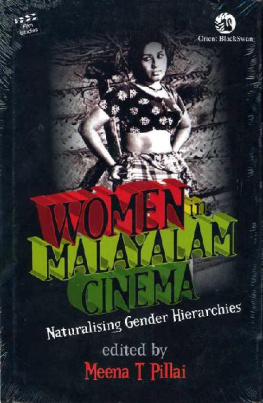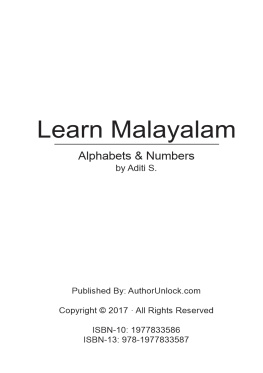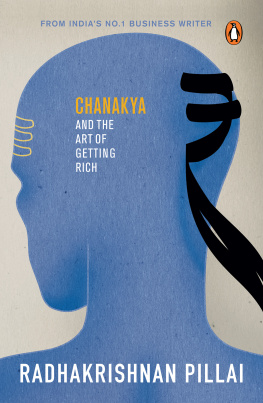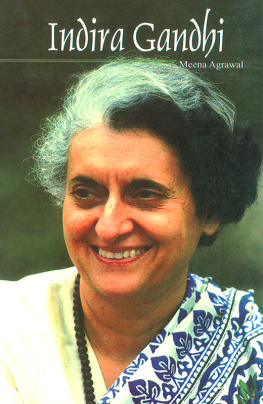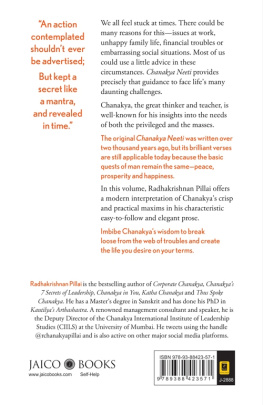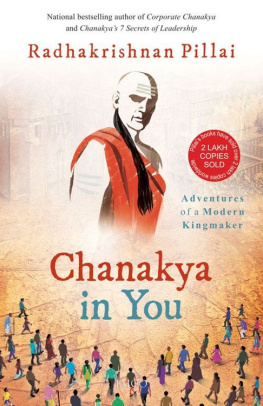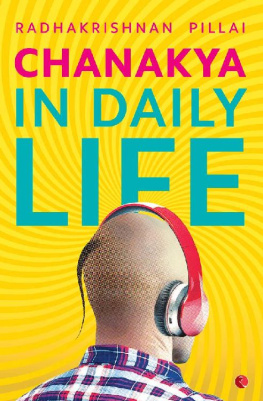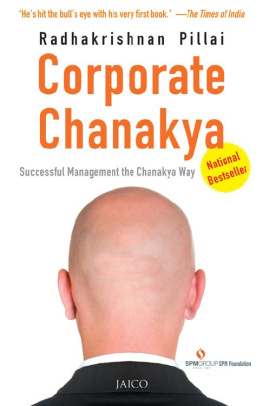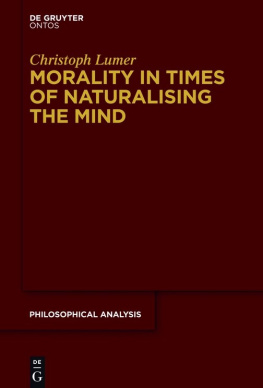Meena T. Pillai (ed.) - Women in Malayalam Cinema: Naturalising Gender Hierarchies
Here you can read online Meena T. Pillai (ed.) - Women in Malayalam Cinema: Naturalising Gender Hierarchies full text of the book (entire story) in english for free. Download pdf and epub, get meaning, cover and reviews about this ebook. year: 2015, publisher: Orient BlackSwan Private Ltd., genre: Home and family. Description of the work, (preface) as well as reviews are available. Best literature library LitArk.com created for fans of good reading and offers a wide selection of genres:
Romance novel
Science fiction
Adventure
Detective
Science
History
Home and family
Prose
Art
Politics
Computer
Non-fiction
Religion
Business
Children
Humor
Choose a favorite category and find really read worthwhile books. Enjoy immersion in the world of imagination, feel the emotions of the characters or learn something new for yourself, make an fascinating discovery.
- Book:Women in Malayalam Cinema: Naturalising Gender Hierarchies
- Author:
- Publisher:Orient BlackSwan Private Ltd.
- Genre:
- Year:2015
- Rating:4 / 5
- Favourites:Add to favourites
- Your mark:
- 80
- 1
- 2
- 3
- 4
- 5
Women in Malayalam Cinema: Naturalising Gender Hierarchies: summary, description and annotation
We offer to read an annotation, description, summary or preface (depends on what the author of the book "Women in Malayalam Cinema: Naturalising Gender Hierarchies" wrote himself). If you haven't found the necessary information about the book — write in the comments, we will try to find it.
Women in Malayalam Cinema: Naturalising Gender Hierarchies — read online for free the complete book (whole text) full work
Below is the text of the book, divided by pages. System saving the place of the last page read, allows you to conveniently read the book "Women in Malayalam Cinema: Naturalising Gender Hierarchies" online for free, without having to search again every time where you left off. Put a bookmark, and you can go to the page where you finished reading at any time.
Font size:
Interval:
Bookmark:
Naturalising Gender Hierarchies
Meena T. Pillai

3-6-752 Himayathnagar,Hyderabad
500 029 (Telangana), INDIA
e-mail:
Bangalore Bhopal Bhubaneshwar Chandigarh Chennai
Ernakulam Guwahati Hyderabad Jaipur Kolkata
Lucknow Mumbai New Delhi Patna
www.orientblackswan.com
Orient Blackswan Private Limited
1/24 Asaf Ali Road
New Delhi 110 002
e-mail:
watching you grow up unravelled to me the processes of
becoming becoming women in Kerala
Meena T. Pillai
P. K. Nair
C. S. Venkiteswaran
V. C. Harris
Janaky Sreedharan
K. Gopinath
Bindu Menon
Jenny Rowena
T. Muraleedharan
Deedi Damodaran
Ratheesh Radhakrishnan
Becoming Women
M EENA T. P ILLAI
glasses possessing the magic and delicious power of reflecting
the figure of man at twice its natural size.
It is no wonder then that though Kerala is one of Indias foremost states in terms of socio-economic status, health conditions and general standards of living, where social history has recorded liberal thought, progressive movements and emancipatory struggles at far higher levels than elsewhere in the country, feminism here remains, in popular parlance, a word evoking derogatory and hostile reactions. Though there have been movements and agitations by womens groups and collectives for equality and gender justice, they have been by and large issue-based and have not really sought to address basic issues such as womens subordination within the family or reframing the parameters of man-woman relation within which is located the main issue of womens oppression. Feminism, perceived as a threat to the bourgeois family, has forced many women to steer clear of the label and adopt a defensive and conservative stance when forced to confront gender reform issues at any level whatsoever.
Keralas peculiar native brand of what I would call a liberal patriarchal pseudo-feminism has provided women a semblance of emancipation with equal legal and property rights, the right to education and other rights guaranteed by the Constitution. Yet education and social grooming have been kept at conservative levels with continuing emphasis on the feminine mystique teaching girls that they are essentially wives and mothers. At no level of education has any attempt been made at raising consciousness to create women of independent thought and action. So the family continues to be the unchallenged bastion of patriarchy, where inspite of the so-called political and legal equality womens subordination begins, brews and spills over to other societal structures at large. Even as a large number of women from the middle and working classes step out of their homes to make a livelihood, there is a visible hurry to get back and re-emphasise their own roles as mothers, wives and daughters-in-law as though to gain sanction and sanctimony for their further forays into the outer world. In this context one can perceive an imperative need in Keralas society today to look at and integrate representations of women, especially in the wake of knowledge of the problematic nature of representation itself, which can only be incomplete and partial interpretations rather than objective description of reality. In a world where femininity is forced upon women, the least they can do is to be vigilant in their representations of themselves and how they read and decode such representations by others. It is in this context that I propose to situate the emergent discourse of cinema in Kerala in the early 1940s and analyse how it has sought from then till now, in varying degrees, to consolidate and reinforce the patrifocal ideology of a society that was and is continually struggling to efface a matrilineal past by pegging down with vigour the contours of normative femininity that deny women their identity.
Font size:
Interval:
Bookmark:
Similar books «Women in Malayalam Cinema: Naturalising Gender Hierarchies»
Look at similar books to Women in Malayalam Cinema: Naturalising Gender Hierarchies. We have selected literature similar in name and meaning in the hope of providing readers with more options to find new, interesting, not yet read works.
Discussion, reviews of the book Women in Malayalam Cinema: Naturalising Gender Hierarchies and just readers' own opinions. Leave your comments, write what you think about the work, its meaning or the main characters. Specify what exactly you liked and what you didn't like, and why you think so.

